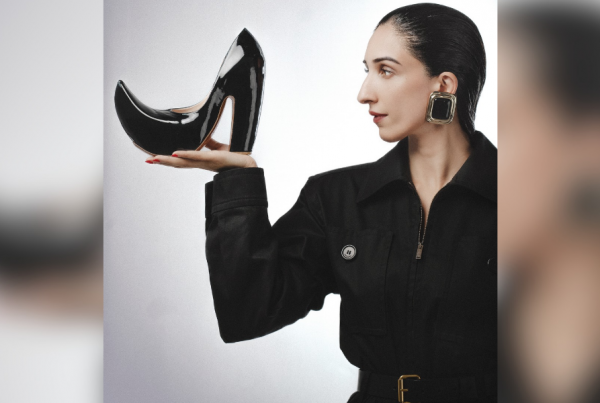Some Like it Haute (Published Nov 24, 2011)
It’s time to set the record straight for a term very loosely used in fashion: haute couture. Literally, the word haute in French means “high class†and couture means “sewing†or “dressmaking†and the two words combine to form haute couture, a term that refers to the highest order of dress-making. Haute couture clothes are custom-made for exclusive clients and display all measures of excellent tailoring, expensive fabric, innovative design and attention to detail including high quality intrinsic beading or embellishment. Sounds simple? Well, there’s a catch.
The catch is that several years ago France, where haute couture originated (a tradition that can be traced back to Rose Bertin who designed for Marie Antoinette), protected the term haute couture by law. Today, designers all around the world can no longer claim to be couturiers unless they are members of the Chambre syndicale de la haute couture and have been approved by a commission set up by France’s Ministry of Industry. To qualify as couturiers, designers and/or design houses have to:
1. Design made-to-order for private clients, with one or more fittings.
2. Have a workshop (atelier) in Paris that employs at least fifteen people full-time.
3. Each season (i.e. twice a year) present a collection to the Paris press, comprising at least thirty-five runs/exits with outfits for both daytime wear and evening wear.
(Source: Wikipedia)
Designers in Pakistan will obviously continue using the term haute couture to their advantage and why not? It’s not like the French are going to come running after them with a lawsuit. That said, some rules need to be established before a designer can call himself a couturier even in Pakistan. I would say that designers who wish to be called couturiers must make sure that:
1. They have registered National Tax Numbers, which not many have.
2. They have ateliers, which actually almost everyone has.
3. They show their couture collections twice a year and allow critics to establish whether they are couture or crap. Garments that lose beads on the runway, pucker in the wrong places or that are made from a selection of synthetic fabrics may not be allowed to qualify. Designers (claiming to be couturiers) who duplicate unique bridal designs after charging clients six-digit bills for exclusivity must be charged with breach of trust.
 This is something that only fashion councils can ascertain and establish and they probably will as fashion weeks expand to encompass couture’s twin sister, the bridal. In Pakistan, the term couture has been used synonymously with bridals, which is both fair and unfair. While all bridals should ideally be samples of excellence (meaning couture), they aren’t. Some bridals are absolutely trashy. And more importantly, there is a world beyond bridal couture, which still remains ambiguous.
Reinforcing the rule, couture is about excellence in design and dress making.
Couture, as I like to think of it, was Rizwan Beyg’s Carnivale de Couture collection that took over 3000 hours to construct. Or Nilofer Shahid’s Paris collection that wowed critics across the board. Nomi Ansari’s fashion week collections were both couture, a term exemplified by Adnan Pardesy when he designed Cthonic, as a tribute to the Guggenheim. Sana Safinaz, Sonya Battla, Iman Ahmed, Shamaeel, Kamiar Rokni and Maheen Karim all have the skills to create couture whereas Bunto Kazmi, Faiza Samee and HSY have more of a flair for its twin, the bridal.
I’m sure there are other equally talented designers in Pakistan but then Paris very clearly states the importance of showing collections twice a year and that’s the least we can stick to. With more than six fashion weeks on the calendar that is easier than ever to accomplish. But then we still don’t have a fashion week dedicated to promote the finer art of classic couture. What we have is ready to wear and bridals, diffusing into evening wear or a genre that the Lux Style Awards have taken the liberty to establish, Luxury Pret.
Couture does need to be redefined and re-launched in Pakistan and with most of the country’s acclaimed couturiers based in Karachi, it is all but natural that this platform should arise from the South. At the risk of sounding like the devil’s advocate, this could be Fashion Pakistan’s ideal comeback and/or point of re-entry, which they are indeed planning.
















